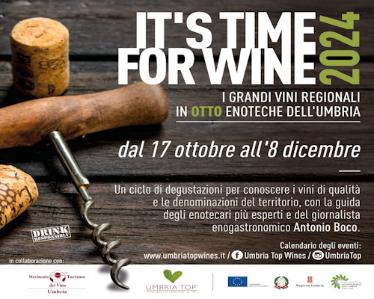HISTORY
Probably of ancient Umbrian origin, Todi was one of the towns in contact with the Etruscan civilization that flourished on the right bank of the Tiber River, and it was a thriving center in the 5th-4th centuries BC. In Roman times it was a colony and a municipium. Todi's lofty position and solid defense system saved it from destruction during the barbarian invasions, and it was able to live in relative peace during the turbulent early Middle Ages. In the 12th century it became an independent commune, the start of a very prosperous period, which saw the construction of many of its outstanding monuments. Its independence did not last long, however, due to the continuous fighting against Spoleto, Orvieto and Narni. In 1230 the leading religious poet of the 13th century was born in Todi: Jacopo Benedetti, better known as Jacopone da Todi. Political and military instability continued until the 16th century when, after being under various rules, Todi became part of the Papal States, remaining there (except for the Napoleonic period) until 1860.
ART, CULTURE, ENVIRONMENT
Todi is encircled by three concentric rings of walls, which provide evidence of the town's size in the Umbrian-Roman, Roman and medieval periods respectively. Just before entering the heart of the historic center, one encounters the impressive Temple of Santa Maria della Consolazione, one of the tallest Renaissance buildings in Umbria, begun in 1508 following a design attributed to Bramante and completed in 1617, with the contribution of the leading architects of the time. In the heart of town is the splendid Piazza del Popolo, one of the most beautiful squares in all of Italy, flanked by a religious complex and monumental public palaces: Palazzo del Popolo, one of Italy's oldest civic buildings, built in 1214–1228; Palazzo dei Priori, built between 1334 and 1347 in Gothic forms and with a square tower; Palazzo del Capitano del Popolo (late 13th century), with a spacious loggia and central pilaster on the ground floor; and the Cathedral, dating from the 12th century and enlarged in stages during the 13th and 14th centuries, next to which stands the Bishop's Palace. The Temple of San Fortunato (13th-15th century), set at the top of an imposing stairway, is a work of precious artistic merit, a remarkable example of the Umbrian Gothic style. Inside is the crypt that holds the remains of the friar-poet Jacopone da Todi and, in an isolated chapel, those of the town's patron saints: Fortunato, Callisto, Cassiano, Degna and Romana. Piazzale IV Novembre, the highest spot in town, with the ruins of the Rocca (fortress), which was destroyed in 1503, is an excellent vantage point for enjoying a splendid view of the Tiber River valley and of the surrounding countryside: from the massive walls of the Rocca's park it is still possible to see the remains of the castles that once formed a particularly effective defense network. One of the most impressive of these numerous outposts is the castle of Montenero, set in a dense pine wood overlooking the entire southern slope of the municipal territory. Sights nearby include the Church and Sanctuary of Merciful Love in Colvalenza, one of the most courageous examples of modern religious architecture in Italy, designed by Giulio Lafuente of Madrid and built in 1965. Many pilgrims come here today, and it is also used as a center for spiritual retreats and conventions. Also worthy of note is the Convent of Montesanto, a traditional-style religious building, famous for being the place where St. Bernardine went on retreat in the early 1400s: a linden tree planted before the church entrance on that occasion is still there today. A splendid altarpiece of the Coronation of the Virgin by Spagna was once above the altar, until the arrival of Napoleon's troops. The painting now adds to the collection at the very interesting and especially well-designed Picture Gallery Museum on the top floor of the Palazzo del Podestà and the Palazzo del Capitano del Popolo.
FOOD & WINE
The local cuisine, as all Umbria after all, leaves nothing to fate. On the tables of Todi’s families we will find for sure the “pan caciato” or “nociato”, namely a small round loaf of bread whose dough is made of nuts, cheese and raisin.
In winter the real delicacy is the “palomba alla ghiotta”: pigeons cooked on a spit that are generally accompanied by a good glass of Grechetto of Todi DOC, a wine that was even able to bewitch the great Pliny the Elder.



























